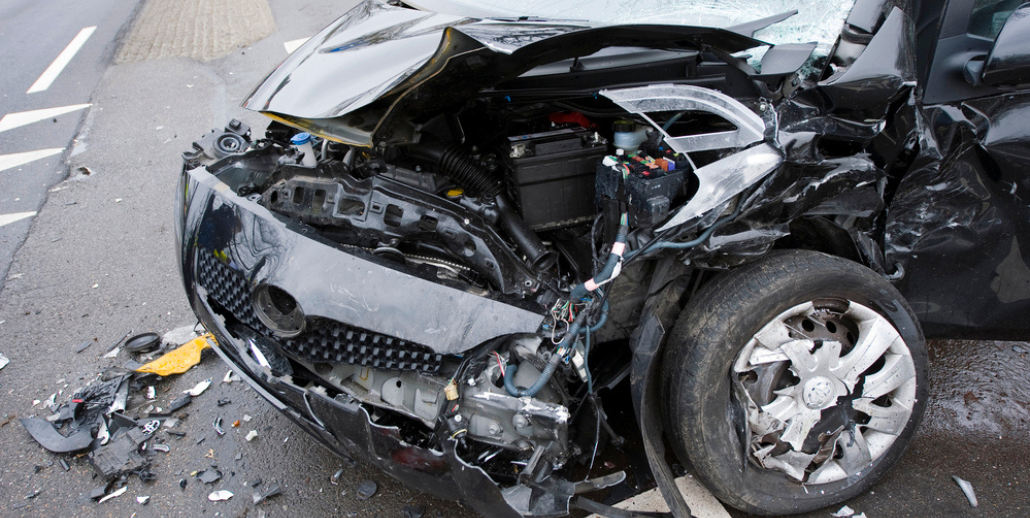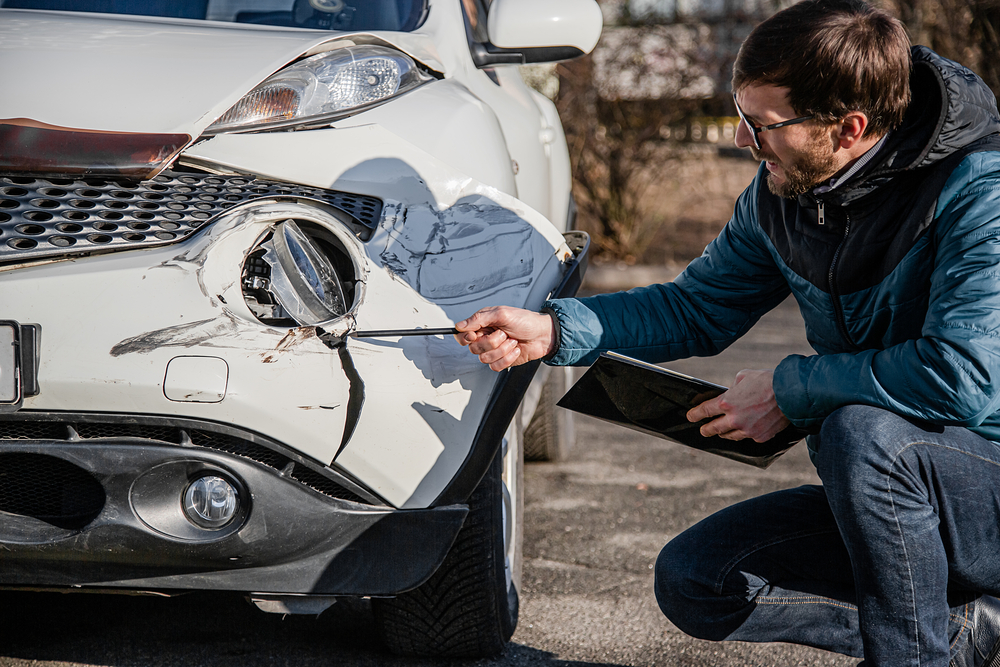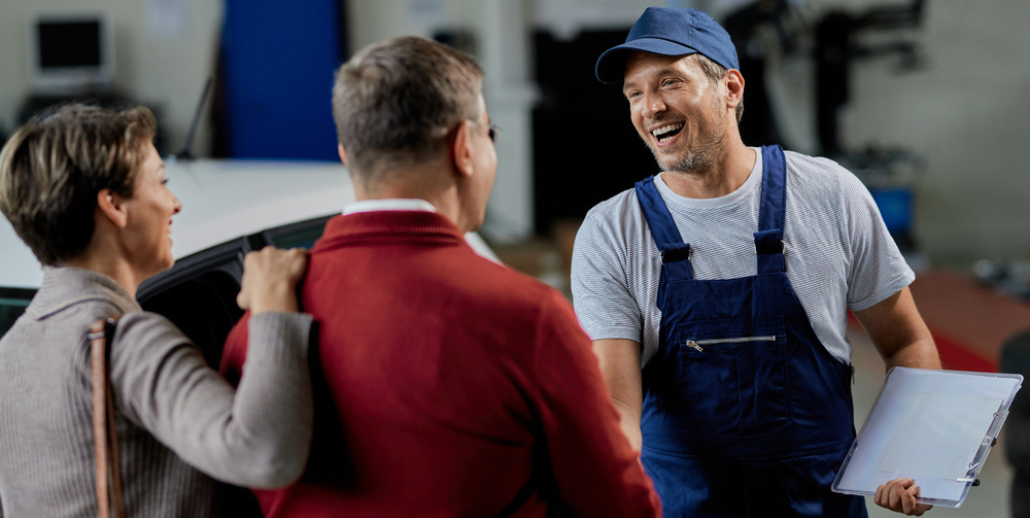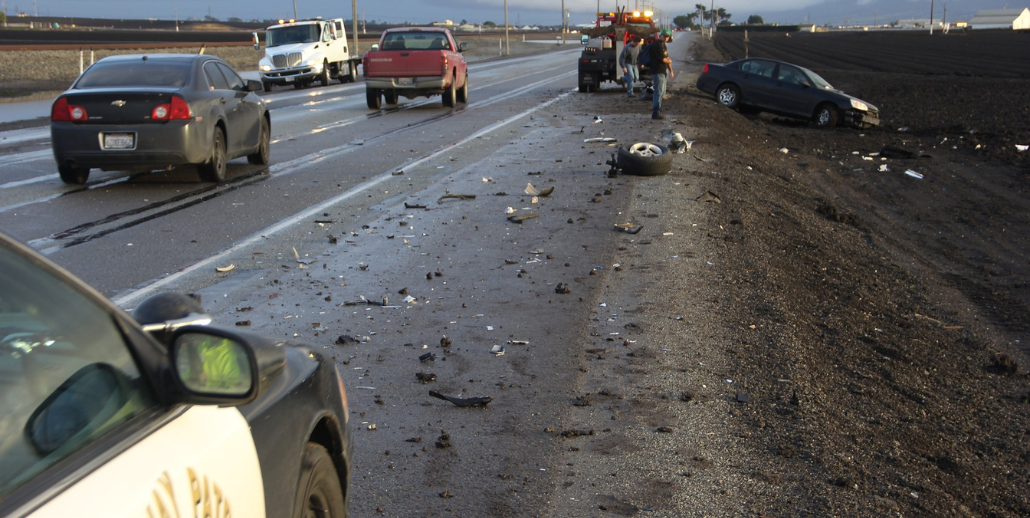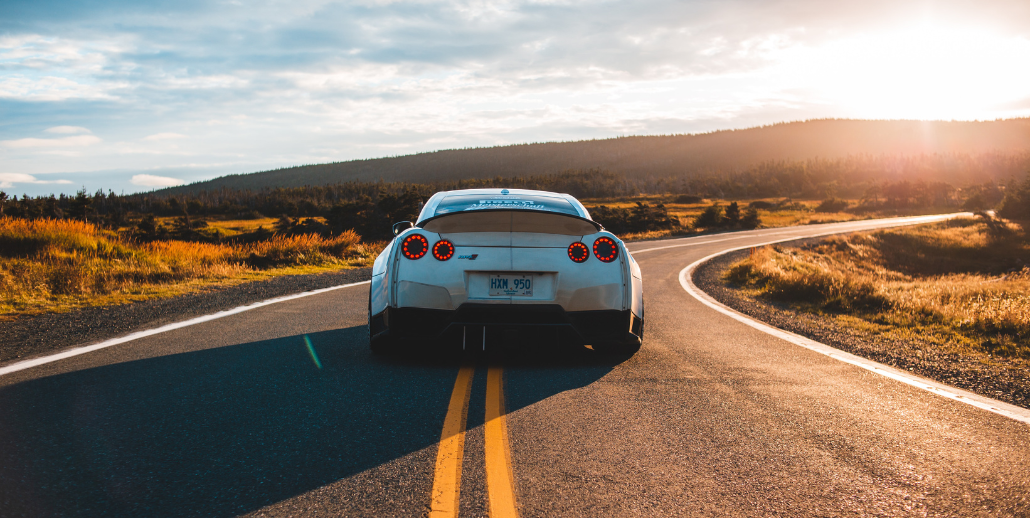It can be very difficult to select the right repair shop when you are in great need. Most of us depend on our vehicles to a large extent, so we will definitely be in a hurry to get the job done. However, it is important that you take the time to properly vet and evaluate the repair shops in your area. By making a list and using a process of elimination, you can figure things out much more quickly. Obviously, reviews are going to be your main source of information, so let’s talk about how you can use that information effectively.
Be Aware That Not All Reviews Are Honest Or Legitimate
The first thing you should understand is that rival companies will sometimes “review bomb” one another. This means that they create a large number of false complaints which are designed to make another company look bad. Even if there is no concerted effort to deceive, some bad reviews are based on unrealistic expectations and/or misunderstandings on the part of the writer. By the same token, you should remember that good reviews might also be forged by a company that is seeking some free advertising.
You want to look for criticisms that are consistent and reasonable. When the criticisms are all over the place and don’t make sense, they can be safely disregarded. Also, you should look for reviews that do not seem overly hateful. When someone shows that they have an agenda of some kind (i.e., dropping the name of a competitor in a bad review), that is also probably not legitimate. When it comes to good reviews, you want to look for those that praise the service and the overall experience without sounding like a commercial. For instance, if they insert the company’s advertising slogans into the review, it’s probably not an authentic review.
Ask Around For Personal Recommendations
You don’t necessarily have to get your reviews online. Instead, you can talk to your family and friends and see what body shop they prefer. By asking them some questions about the shop and how they do business, you can basically get a review from them. These reviews tend to be a little more trustworthy because they come from an in-person source.
Ask Your Insurance Company
If you are in need of a body shop, your insurance company is probably aware of that. Most body shops focus on collision repair, and all collisions need to be reported to your insurance company. As such, they might recommend a body shop in your area. In some cases, they might even attempt to pressure you into choosing a certain one. If this happens, just be aware that you do not have to go with their recommendation. The law protects your right to choose any repair shop you like.
If you choose to get a recommendation from your insurance provider, we would recommend that you simply get the name of the company without committing to anything. Once you know the name of the repair shop, you can look for some online reviews and ask around the area as well. That will allow you to decide if they are actually worth your time and money.
Prioritizing
We have talked about “good reviews” and “bad reviews,” but there are many reviews that fall into a middle-ground category. For instance, it is common to see a review that is mostly positive but with one or two small complaints. You might also see the opposite (i.e., a review that is mostly critical but still offers some praise). This is why you need to prioritize and decide which points are the most important to you.
For example, let’s say you find a consistent pattern in the reviews, indicating that this company does good work but takes a little longer than most. You have to decide which is more important: The overall quality of the work or the speed with which it is done? For most people, quality will be the more important consideration. However, if you really need your vehicle back in a hurry, speed might be more important to you.
Ask Plenty Of Questions
When you are evaluating a local New Jersey body shop, and everything seems to be good so far, the next step is to call them. Ask plenty of questions about who they are, how they do business, etc. Make sure you ask about I-CAR certifications, manufacturer certifications, and other relevant credentials.
Make sure you also ask about pricing, if they use OEM or aftermarket parts, hourly rates, etc. If you already know which parts are required, ask the shop if they have those parts in stock. If they do, it will mean less wait time on your repair. In the end, just remember that you have every right to ask for this information before paying anything.
Conclusion
Evaluating reviews and testimonials can be a difficult process because there are a lot of judgment calls that have to be made. In the end, you should look for patterns, as opposed to looking at the content of individual reviews. Any single review might be bogus for a variety of reasons, but overarching patterns tend to be more reliable. Of course, if you happen to be located in southern New Jersey, we can save you all that time and effort. If you live in this area, take a quick look here at our testimonials. We look forward to servicing your auto body repair needs. Give one of our Elmer’s Auto Body locations a call at (856) 218-0202.

